|
Perception of authoritarian government denying gallant small nation right to express itself is widespread
Whatever happens next in Catalonia, the Catalan nationalists’ independence referendum campaign had already proved a significant success, from their own point of view, by Sunday afternoon, regardless of the outcome. This campaign, and especially Spain’s potentially disastrous response to it, has created a widespread perception that neatly reflects the Catalan nationalists’ favoured narrative. This can be seen both in much international news coverage, and in the ever more defiant mood of many Catalan citizens on the streets. It is becoming common currency worldwide that an authoritarian, even brutal, central government has denied a gallant small nation the right to express itself democratically and peacefully. This article was published in The Irish Times on 2 October 2017
0 Comments
Close encounters with toucans, tapirs and even jaguars in the Pantanal, in Brazil
Many years ago, dreaming my way through schooldays with the help of a world map hanging on the classroom wall, the swamp icons clustered in the middle of Brazil caught my eye, again and again. So did the strange names associated with them: Mato Grosso and, where the icons were thickest, Pantanal. Perhaps somebody told me something about this region, or perhaps it was just the evocative power of those swamp icons, but the Mato Grosso became the quintessential emblem of wildlands, teeming with strange and wonderful creatures, such as the macaw, tapir and toucan, in my mind’s eye. The facts on the ground, of course, were rather different, even six decades ago. Most of the Mato Grosso, the “Great Scrubland”, has long been transformed to ranchland. You approach the Pantanal (“Great Marshland”) today past the vast slag heaps of a score of gold mines. This article was published in The Irish Times on 30 September, 2017 Vast areas of the world are due to be restored under international agreements. Are we ready for the challenge? "Our planet’s future may depend on the maturation of the young discipline of ecological restoration,” an unusually upbeat editorial in Science declared in 2009. “In its short life it has assumed a major role in sustainable development efforts across the globe.” Just eight years later that role has again grown exponentially, if – and this is a big ‘if’– we can accept the intentions expressed in several recent international declarations at face value. With the obvious and troubling exception of the current US administration, governments, corporations and international institutions are increasingly aware of the dire consequences of globalised environmental degradation. They are especially conscious that climate change is driving many of these degraded landscapes towards catastrophe. This article was published in The Irish Times on September 16, 2017 Liam Lysaght says good conservation policy depends on good environmental information
Work, life and values seem to be happily, even enviably, intermeshed for Liam Lysaght, director of the National Biodiversity Data Centre. Seated at his desk at the centre, a large bungalow in Carriganore, Co Waterford, he is at the centre of a vast web of complex information on the status of the species in our environment, from lichen and mosses to robins and whales. This article was published in The Irish Times on August 26, 2017 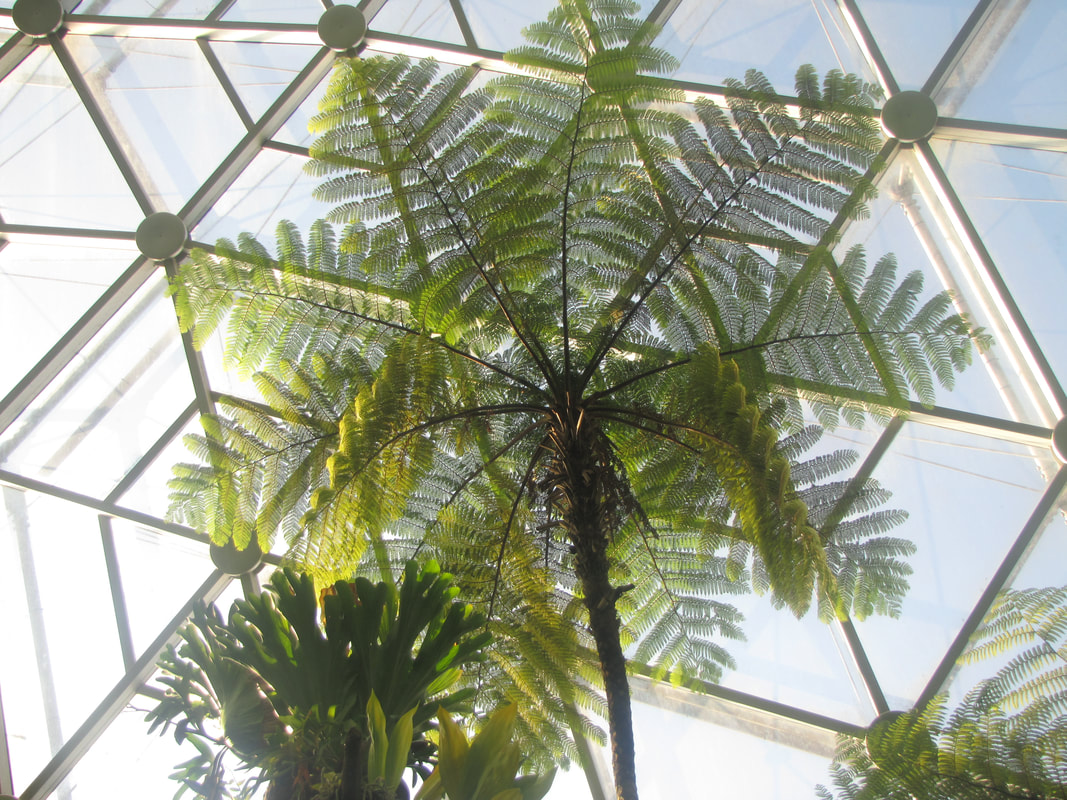 This article is published in the Annals of Missouri Botanical Garden. In it I respond to presentations by colleagues Curt Meine, Don Falk, James Aronson, Robin Chazdon, Karen Hall, and Leighton Reid at the 63rd Annual Fall Symposium at the Garden, 'Ecological Restoration in a Changing Biosphere', in October 2016, which I chaired. The words we use to describe phenomena in science shape our understanding of those phenomena, much more so than we often realize. This is especially true in fields driven by strong policy agendas, like restoration ecology and the practice of ecological restoration. The twin challenges of accelerating global change and upscaling global restoration practice make it more imperative than ever to define the terms and the scope of ecological restoration clearly, and differentiate it from other ameliorative land management practices like rehabilitation. Poor definitions and loose use of language will otherwise lead to muddled conception and planning of projects, confused and disappointed stakeholders, and failure to exploit the enormous potential of this radical conservation strategy for both human well-being and the recovery of biodiversity and ecosystem functions. It is also important to be aware of the rhetorical devices that have given some momentum to the so-called “novel” ecosystems concept within the restoration community. READ MORE
“I offer,” Robin Wall Kimmerer writes at the opening of her remarkable book, Braiding Sweetgrass, “stories meant to heal our relationship with the world…stories that allow us to imagine a different relationship, in which people and land are good medicine for each other.”
Kimmerer is both a distinguished environmental biologist and a devoted custodian of Native American cultural traditions. She was astounded when she surveyed 200 of her ecology students and found that hardly any of them could imagine what beneficial interactions between humans and nature might look like. Her own family upbringing – it only dimly reflected the original richness of the traditions of her Potawatomi people – was still based on a radically different assumption: that our species only exists through mutually enriching bonds with all other living creatures. This assumption, of course, closely reflects the insights of her scientific discipline, ecology, which finds a web of inter-dependence between all life forms. This article was published in The Irish Times on August 19, 2017 Read more here It’s a cliche, simply because it’s an important truth, that one’s first thoughts about a terrorist act should always be with the victims, to make some effort to imagine their plight.
For anyone even slightly familiar with Barcelona, the location of Thursday’s attack is terrifyingly easy to picture. A stroll from the Plaza de Catalunya down the broad expanse of the Ramblas, past the gastronomic cornucopia of Boquería market and the exquisite modernist frontage of the Palau de la Música Catalana is many people’s definitive experience of the city. And therefore, one supposes, a suitably iconic target for terrorists inspired by the so-called Islamic State. So this weekend, like so many familiar and unfamiliar places from Paris to Kabul, we have to imagine it stained with innocent blood. However, as we know all too well in Ireland, it does not take long for empathy with the victims of terrorism to morph into political blame games, perverting the essential task of understanding what exactly happened, why, and whether it could have been prevented. This article was published in The Irish Times on August 19, 2017 Read more here Barcelona Letter: Many Catalans are less than enthusiastic for a divorce from Madrid
Barcelona was the first city in Spain I ever visited, back in 1973. The great Catalan capital was then resisting the dying clutches of the Franco dictatorship. I remember the menace of soldiers in coal-scuttle helmets, goose-stepping at the bottom of the Ramblas, rain pelting down, the streets barely lit. But I also remember, much more vividly, the rich odour of history and culture that oozed from every worn stone of the adjacent medieval Gòtic Barri. I would, of course, have had to call it the Barrio Gótico in those days – had I been rash enough to ask a policeman for directions. The Catalan language was no longer illegal, but its public use, especially by a foreigner, was still regarded with intense hostility by the regime. Coming back four decades later, after a complete absence of nearly 20 years, it is good to find that the Gòtic Barri can still exercise its old magic. A black-winged stilt feeds with a hundred metres of Barcelona airport. Photo: Paddy Woodworth Only fragments of Barcelona’s Llobregat Delta remain. Can it be saved?
A black-winged stilt is high-stepping daintily through shallow water. Its almost absurdly long legs flash vivid red, scattering silver droplets in the sunlight with each movement. The bird is so close to the hide you could almost reach out and touch it. A pair of little terns and a pair of ringed plovers share a small, gravelly sandbar nearby, their chicks skulking almost invisibly in patches of marram grass behind them. A great egret seizes a fish in a deeper channel, while a marsh harrier quarters the surrounding reed beds, hunting prey to feed its young. This is a typical enough summer view from a hide in any Mediterranean wetland. Typical, that is, until the structure begins to shake as a Boeing 747 thunders overhead, so low you can see every detail of its wheels retracting after take-off. Look out the right-hand window of the same hide, and you don’t see birds: you see the end of a runway at the Barcelona-El Prat airport, the seventh busiest in Europe, barely a hundred metres away. Read the full article in The Irish Times, 22 July 2017
|
Articles & BlogArticles on the environment; Spanish, Catalan and Basque politics; travel; culture; and other subjects; interspersed with personal reflections and images Archives
October 2022
Categories
All
|
|||||||||

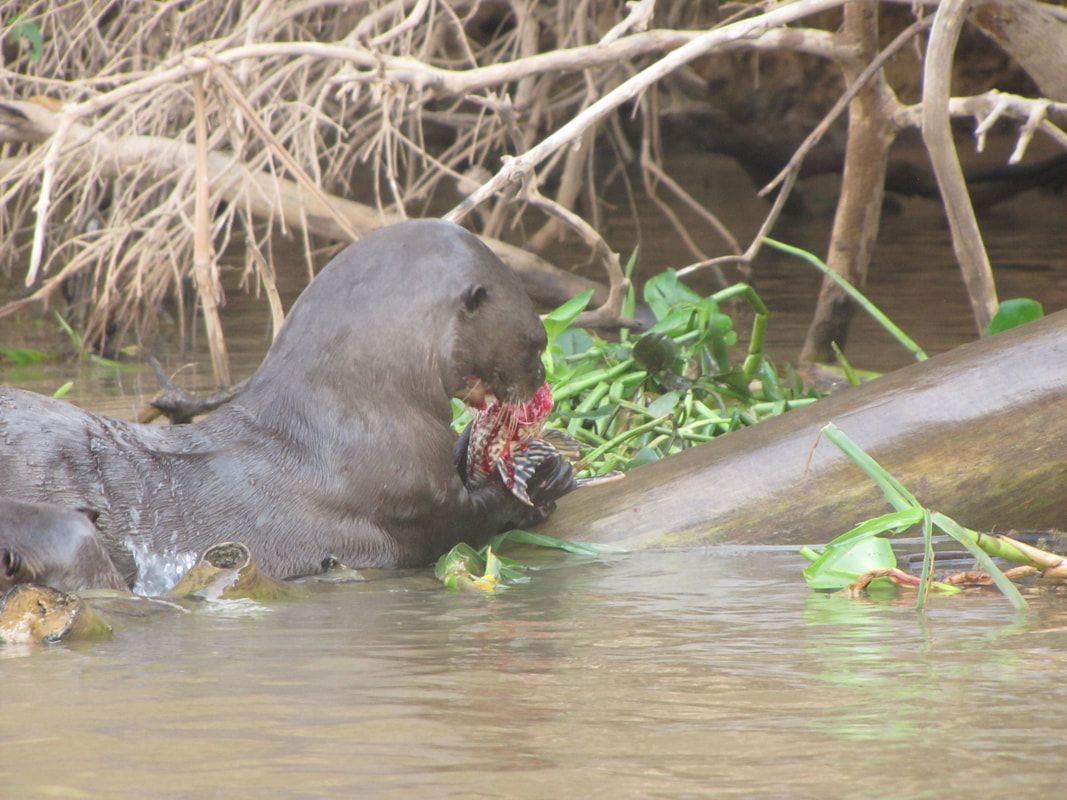
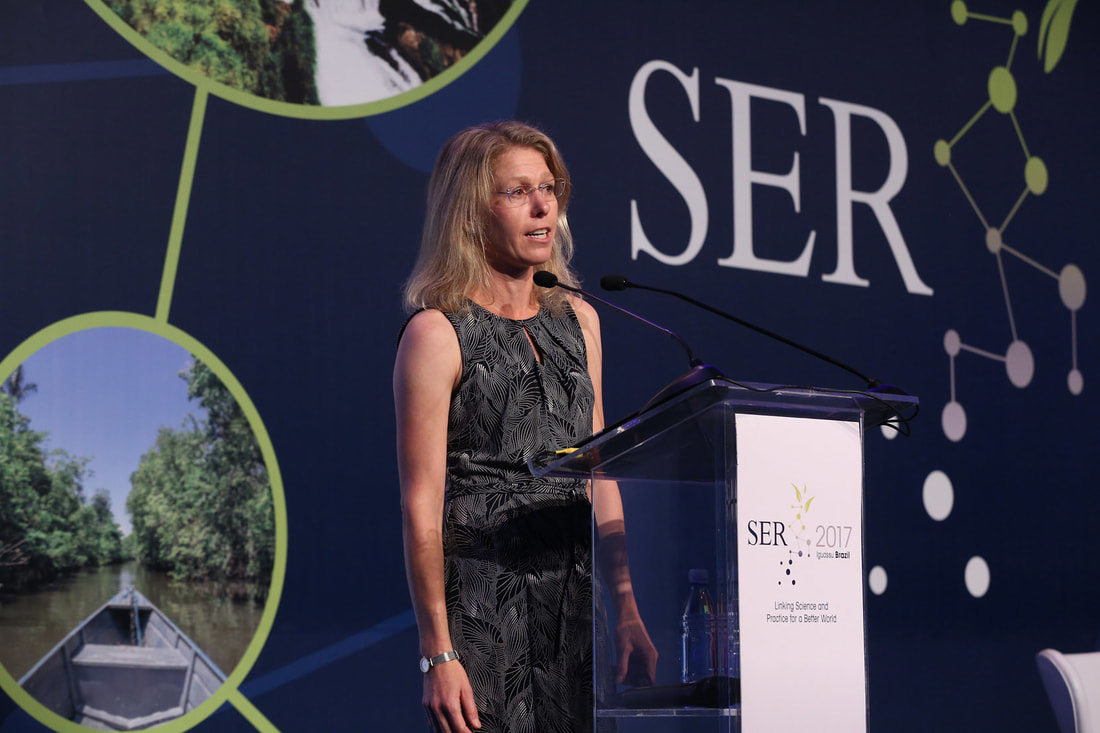
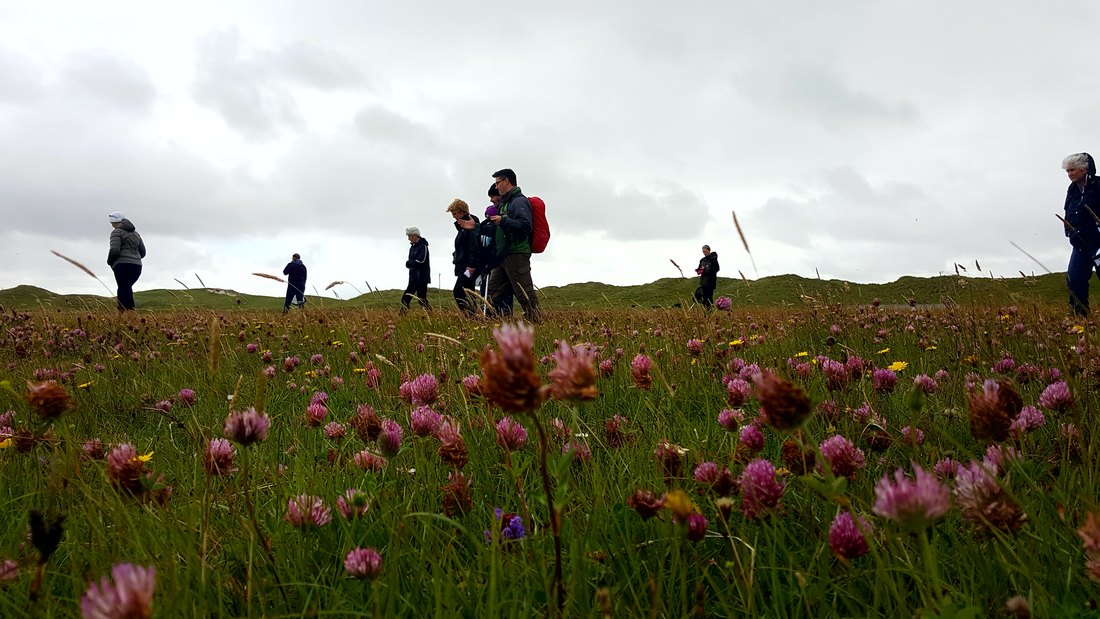
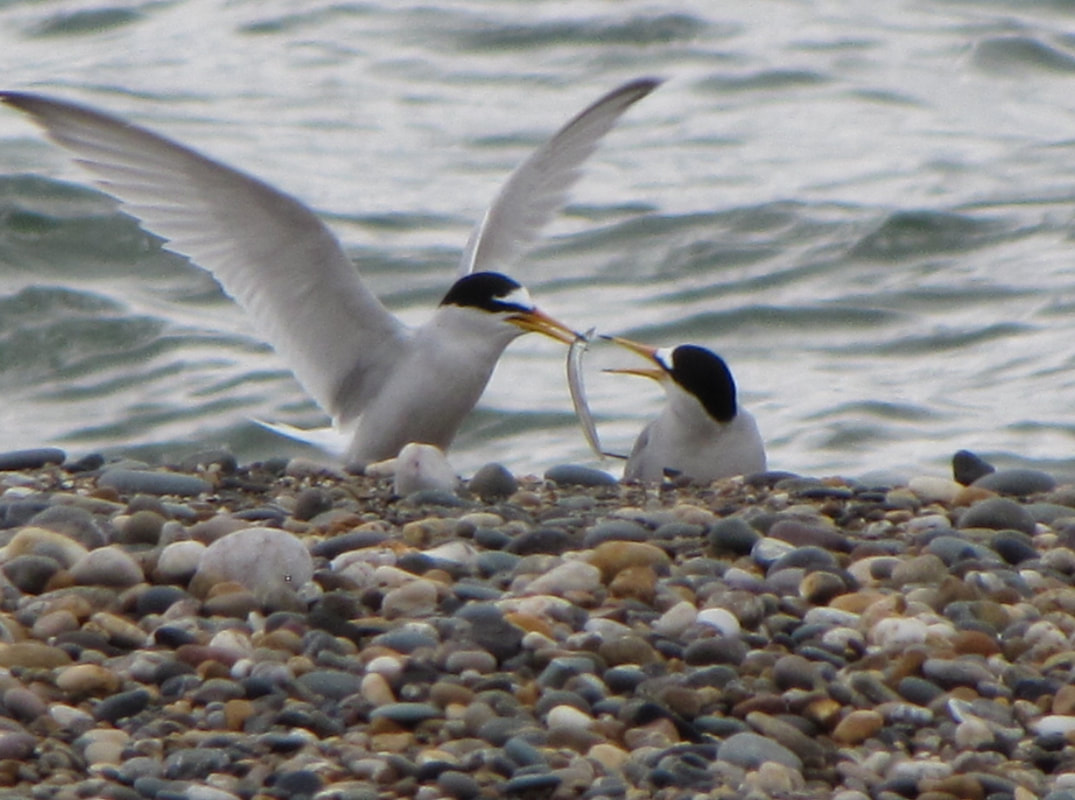
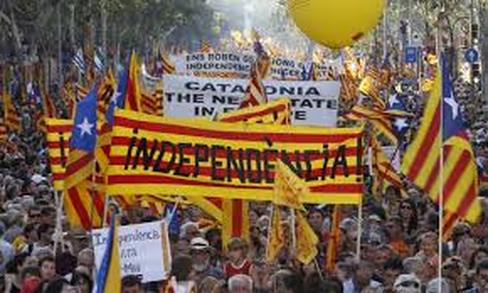
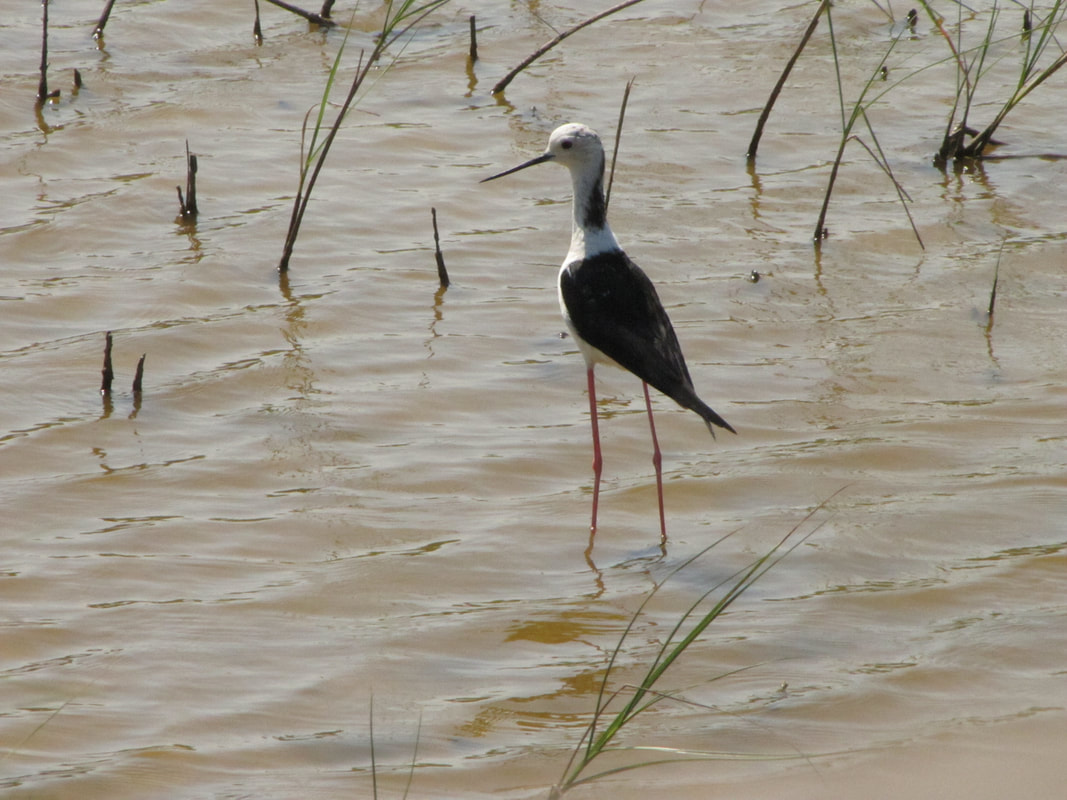
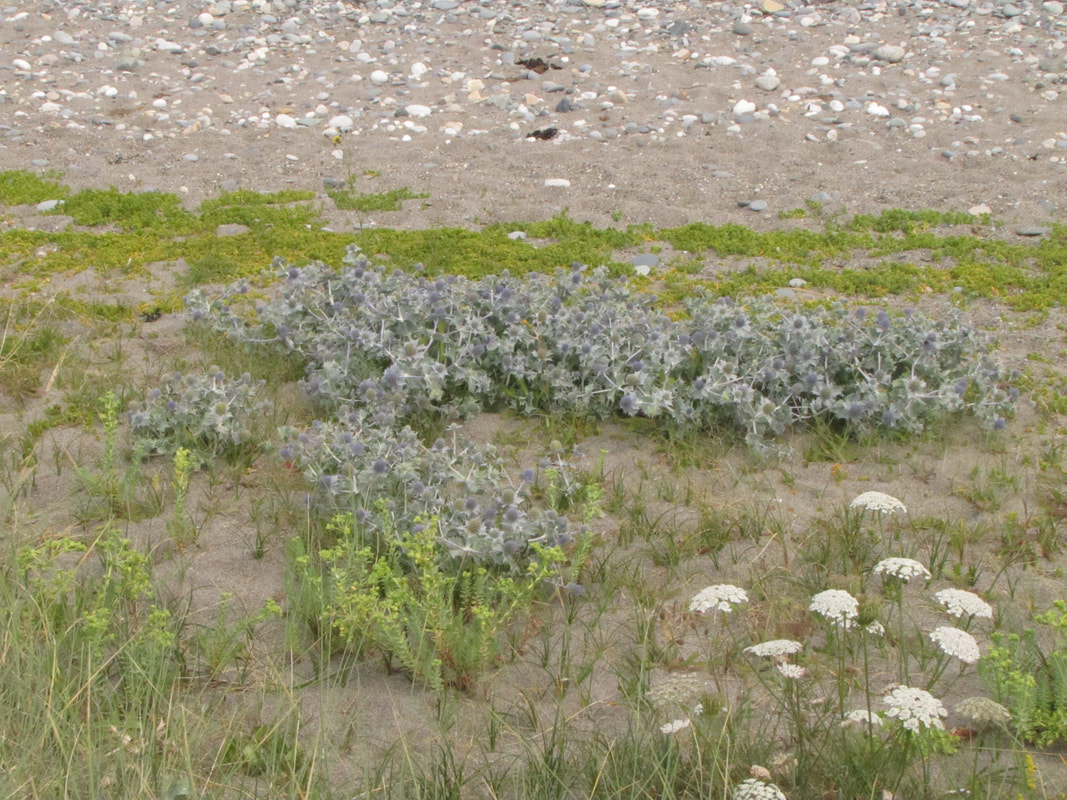
 RSS Feed
RSS Feed